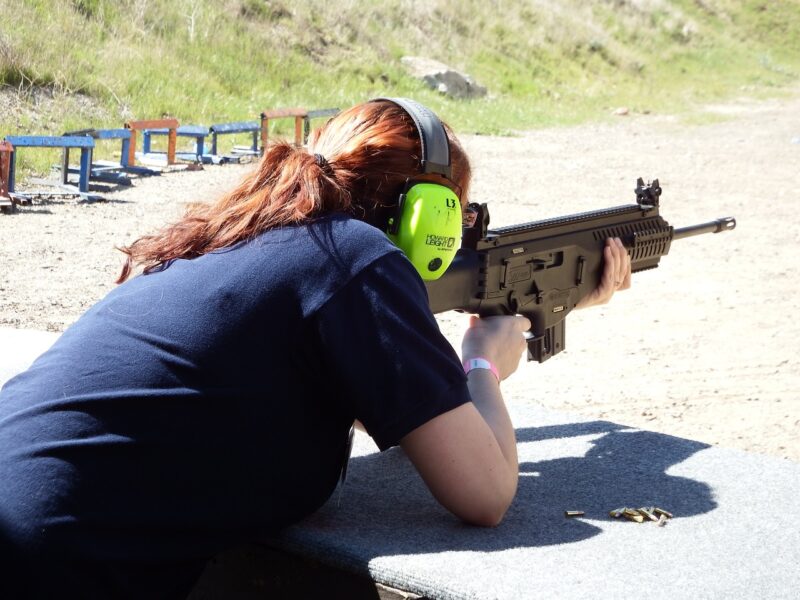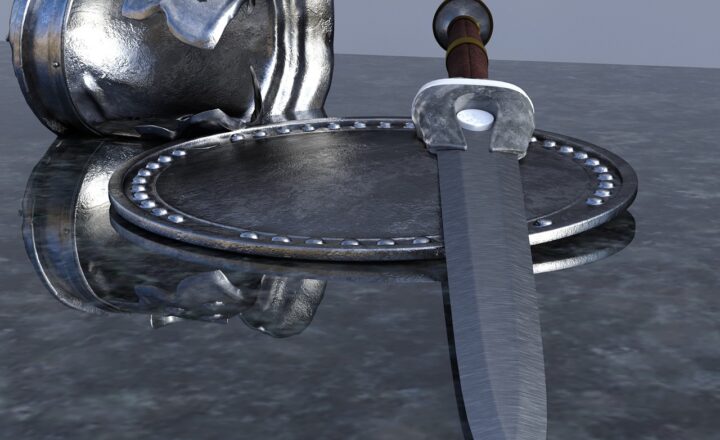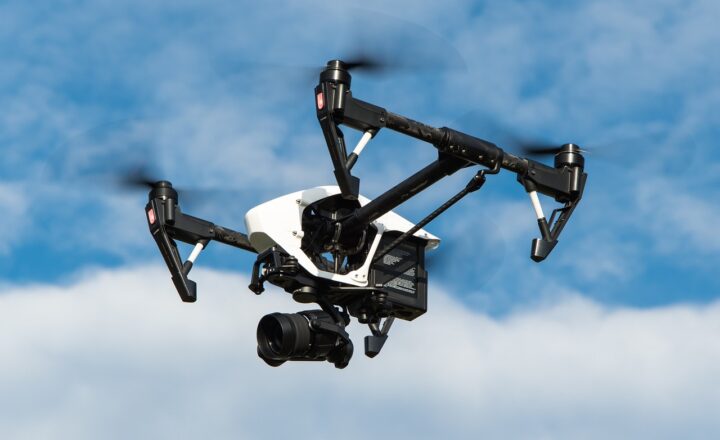
Firearms have a long and storied history, evolving from rudimentary devices that launched projectiles to sophisticated weapons equipped with advanced technology. The journey from early muskets to smart rifles reflects the evolution of human ingenuity, warfare strategies, and the changing nature of conflict. In this article, we will delve into the fascinating history of firearms, exploring their development, key innovations, and their impact on society.
1. The Birth of Firearms
The origins of firearms can be traced back to ancient China, where gunpowder was invented in the 9th century. Initially developed for use in fireworks and signals, gunpowder soon caught the attention of military tacticians. Sun Tzu’s principles in ‘The Art of War’ hinted at the potential for explosives in ancient combat, leading to the creation of early rocket-propelled weapons.
However, the first true firearms emerged in the 13th century, with the invention of hand cannons. These primitive weapons utilized gunpowder to fire projectiles, albeit with limited accuracy and range. The hand cannon consisted of a simple tube made of metal or wood, which was filled with gunpowder and ammunition.
2. The Era of Muskets and Matchlocks
As metallurgy and design improved, firearms evolved into more effective weapons. By the 15th century, muskets were developed, featuring longer barrels that significantly improved range and accuracy. The matchlock mechanism was the first successful ignition system; it involved a piece of burning wick or cloth that ignited the gunpowder when the trigger was pulled. This technology was pivotal, making firearms more reliable and accessible in warfare.
The role of muskets in the military revolution of the 17th century cannot be overstated. They replaced traditional weapons like pikes and crossbows in many European armies. Regiments equipped with muskets became the backbone of infantry, bringing about changes in tactics, formations, and overall combat strategy.
3. Advancements: Flintlocks and Rifling
The 17th and 18th centuries saw significant innovations in firearms technology, particularly with the introduction of flintlock mechanisms. The flintlock replaced the matchlock and utilized a piece of flint striking steel to create a spark, which ignited the gunpowder. This advancement improved reliability and allowed soldiers to fire in a wider range of conditions.
Additionally, rifling—the process of cutting grooves inside the barrel—also emerged during this time. Rifled barrels provided better accuracy and range than smoothbore muskets, leading to the development of the rifle as a specialized weapon. By the American Revolutionary War, rifled firearms were being used effectively by skilled marksmen.
4. The Industrial Revolution and the Age of Repeating Firearms
The Industrial Revolution greatly impacted firearms production, allowing for mass manufacturing and improved materials. This era witnessed the emergence of repeating firearms, such as revolvers and lever-action rifles. Samuel Colt’s revolver, patented in 1836, allowed for multiple shots without reloading, making it a game-changer in personal defense and military applications.
The introduction of the magazine-fed rifle, most notably the Winchester Model 1873, revolutionized civilian and military firearms. These advancements led to a reduced need for reloading during combat situations, enhancing the combat effectiveness of soldiers armed with these repeating rifles.
5. World Wars and Automatic Firearms
During the 20th century, both World Wars propelled firearms technology into a new era. The development of automatic and semi-automatic firearms transformed the battlefield. Weapons such as the Thompson submachine gun and the M1 Garand rifle represented significant shifts in firepower.
Submachine guns, lighter and capable of firing multiple rounds rapidly, were crucial in close-quarters combat. In contrast, semi-automatic rifles like the M1 Garand allowed soldiers to engage targets more effectively while maintaining mobility. Innovations made under the pressures of war often found their way into civilian markets following conflicts, thereby shaping modern firearms.
6. The Rise of Smart Firearms
Today, the development of smart firearms emphasizes technological integration. Modern firearms can feature advanced technologies such as integrated targeting systems, biometric safeties, and even electronic fire controls. These innovations aim to enhance the accuracy, safety, and efficiency of firearms in various settings, from law enforcement to military operations.
Smart rifles capable of connecting to data networks and utilizing apps to track performance metrics are starting to redefine what firearms can do. While these advanced weapons reflect the intersection of technology and traditional firearms, they also raise important discussions around ethics, safety, and the future of weaponry.
7. Conclusion
The history of firearms is a testament to human ingenuity and the continuous pursuit of improvement in weaponry. From the early hand cannons of the 13th century to the high-tech smart rifles of today, each evolution reflects changes in society, conflict, and innovation. Firearms have not only shaped historical battles but have also influenced cultural and social dynamics worldwide. As we move towards an increasingly technological future, the story of firearms will undoubtedly continue to evolve, posing new challenges and considerations for society at large.








